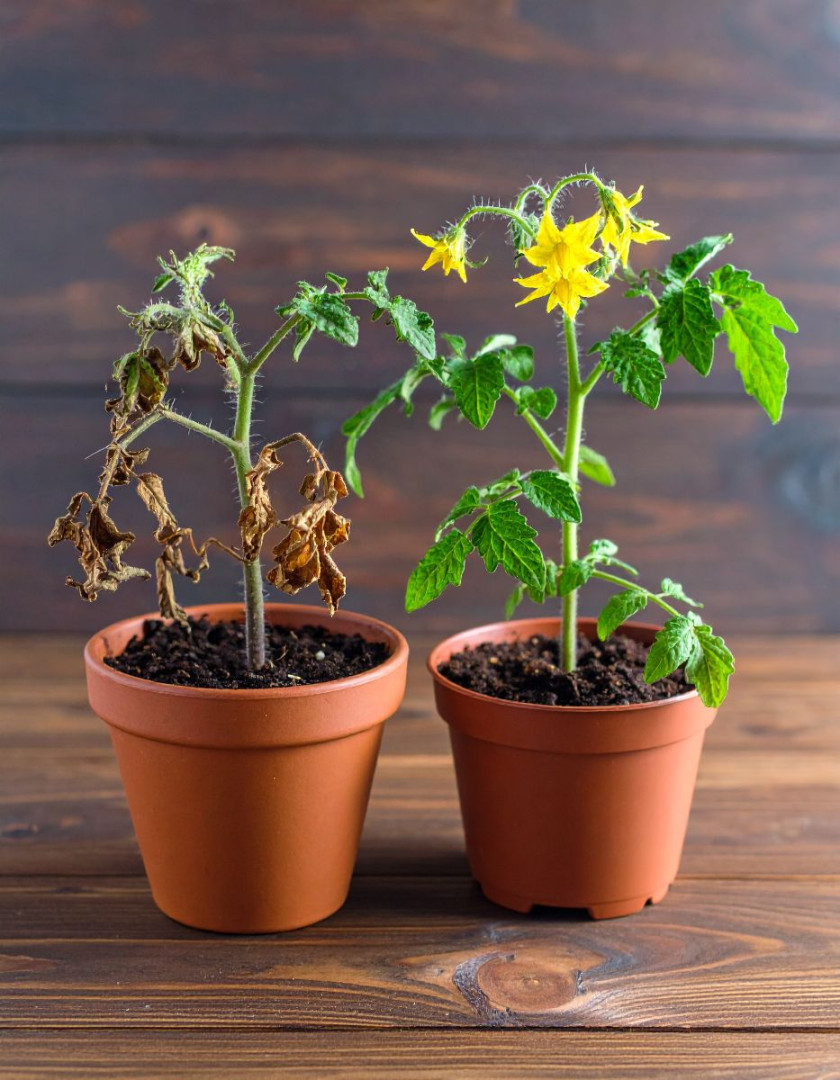Tomato plants can droop for several reasons, and identifying the root cause is crucial for effective treatment. Common causes include improper watering, poor soil quality, inadequate sunlight, pest infestations, diseases, and temperature extremes. Each of these factors can stress the plant, leading to wilting.
It’s important to observe your plant closely and consider recent changes in its environment. For instance, if the weather has been particularly hot or dry, it might be a watering issue. Alternatively, if you’ve noticed yellowing leaves or spots, a disease or pest might be to blame. By pinpointing the cause, you can take targeted action to revive your plant.
2. The Role of Watering: Too Much or Too Little?
Watering is one of the most common reasons for tomato plant drooping. Both overwatering and underwatering can cause wilting, so it’s essential to find the right balance. Tomato plants generally require about 1-1.5 inches of water per week, depending on the climate and soil type.
To determine if your plant is getting the right amount of water, check the soil moisture. Stick your finger about an inch into the soil; if it feels dry, it’s time to water. Conversely, if the soil is soggy, you might be overwatering. Adjust your watering schedule accordingly, and consider using mulch to help retain moisture in the soil.
3. Soil Quality: Is Your Tomato Plant Getting the Right Nutrients?
Healthy soil is vital for tomato plant growth, providing the necessary nutrients and support. Poor soil quality can lead to nutrient deficiencies, resulting in drooping and other growth issues. Ensure your soil is rich in organic matter and well-draining to promote healthy root development.
Conduct a soil test to check for nutrient deficiencies, particularly nitrogen, phosphorus, and potassium, which are crucial for tomato plants. If needed, amend the soil with compost or a balanced fertilizer to provide the nutrients your plant needs. Additionally, ensure the soil pH is between 6.0 and 6.8, as tomatoes thrive in slightly acidic conditions.
4. Sunlight Exposure: Finding the Perfect Balance
Tomato plants require plenty of sunlight to thrive, typically needing 6-8 hours of direct sunlight per day. Insufficient sunlight can cause the plant to become leggy and droop as it stretches towards the light source.
ADVERTISEMENT

